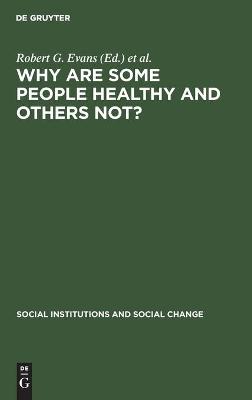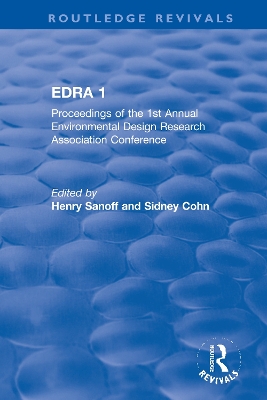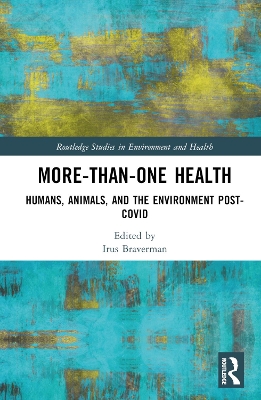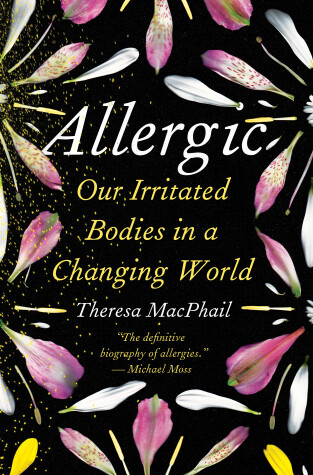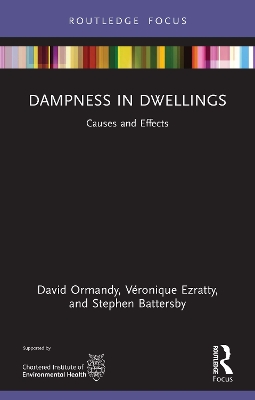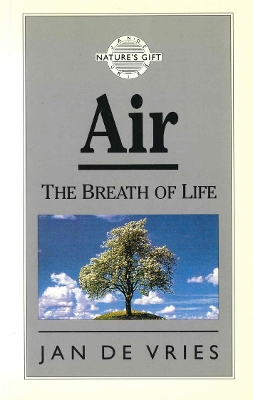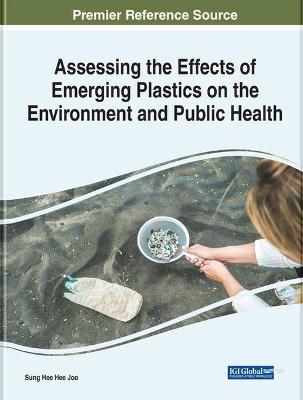Dying Green (Critical Issues in Health and Medicine)
by Christine Vatovec
As the tropical wildernesses of the world are destroyed, and nature's balance is thereby upset, previously unknown viruses are ready to emerge from the wreckage and enter human populations. In 1967 in Germany, a healthy monkey-keeper died a remarkably swift and gruesome death which mystified the medical profession. Outbreaks of a similarly ruthless disease occurred in tropical Africa during the 1970s, wiping out whole villages. Scientists were later able to identify the causes: lethal, highly in...
Why Are Some People Healthy and Others Not? (Social Institutions and Social Change)
Quantitative Environmental Risk Analysis for Human Health
by Robert A Fjeld, Norman A Eisenberg, and Keith L Compton
Water is one of the basic necessities of life - no organism can survive in its absence. In recent years, however, it has become increasingly clear that our public water supply is not as pure as it should be and many are questioning its high chemical content. 'Water scares' are becoming all too frequent. Beaches, seas and oceans themselves are being increasingly contaminated. Plankton are beginning to die and the Earth is being deprived of one of its primary sources of oxygen. In this importa...
EDRA 1 (Routledge Revivals)
Originally published in 1970, EDRA 1 is a record of the conference proceedings of the 1st annual Environmental Design Research Association conference. The papers featured in this volume represent the proceedings of the conference and are concerned mainly with contributions of scientific disciplines towards the creation of improved methods of problem-solving environmental design, as well as understanding the nature of human responses to the environment. The papers included in this volume focus on...
More-than-One Health (Routledge Studies in Environment and Health)
This edited volume examines the complex entanglements of human, animal, and environmental health. It assembles leading scholars from the humanities, social sciences, natural sciences, and medicine to explore existing One Health approaches and to envision a mode of health that is both more-than-human and also more sensitive to, and explicit about, colonial and neocolonial legacies—urging to decolonize One Health. While acknowledging the importance of One Health, the volume at the same time crit...
An “important and deeply researched” (The Wall Street Journal) exploration of allergies, from their first medical description in 1819 to the cutting-edge science that is illuminating the changes in our environment and lifestyles that are making so many of us sick Hay fever. Peanut allergies. Eczema. Either you have an allergy or you know someone who does. Billions of people worldwide—an estimated 30 to 40 percent of the global population—have some form of allergy. Even more concerning, over the...
Dampness in Dwellings (Routledge Focus on Environmental Health)
by David Ormandy, Veronique Ezratty, and Stephen Battersby
This book provides a definition of dampness in each of its forms, details the various potential sources, and causes that can result in damage to the building, and importantly, the threats to the health of the occupiers. It is practical, providing an outline of the possible solutions looking at aspects of building design and construction that can reduce or avoid the risk of dampness. It also discusses why dampness is a risk to the health of occupiers and so justifies the need to protect health by...
Pollution is an ever-growing threat to our planet and manifests itself most dramatically in its impact on the natural environment which surrounds us. But just as trees are dying daily because of environmental pollution, so too are humans suffering. Air pollution has led directly to an increase in asthma, bronchitis and other related respitory complaints. In Air: The Breath of Life, Jan de Vries calls upon his vast experience in dealing with respiratory problems to guide his readers on how best t...
Die Strahlengef�hrdung Des Menschen in Der Gegenw�rtigen Zivilisation
by Georg Fuchs
Target Organ Toxicity (Routledge Revivals)
First published in 1986: The purpose of these volumes is to provide a valuable reference for established investigators and postgraduate students in toxicology.
This book provides a comprehensive review on how radionuclides occur in the environment; how radionuclides are distributed in soil; how the migration of radionuclides in plants occurs; and their consequences on human health. It explains how the speciation of radionuclide interferes in the uptake and accumulation processes in fruits, and includes case studies as well as reviews of modern and state-of-the-art technology related to radioactive material uptake in plants.This volume is a useful refer...
Über Störungen Des Kalzium-Magnesium-Haushalts Unter Besonderer Berücksichtigung Von Umweltfaktoren
by R W Fehlinger Bergmann
Living with the Earth, Fourth Edition
by Gary S. Moore and Kathleen A. Bell
Shelving Guide; Environmental Science This is a groundbreaking and innovative book now in its fourth edition. The first edition won the CHOICE award for outstanding Academic Book while editions two and three became bestsellers on their own right. This fourth edition is packed with new updates on current world events associated with environmental issues and related health concerns. The author maintains traditional concepts and merges them with new and controversial issues. The book has been revi...
Assessing the Effects of Emerging Plastics on the Environment and Public Health
This book assesses harmful effects of plastics on the environment and public health. Risk assessment of plastics is required to evaluate currently available treatment technologies and identify the significance of plastic pollution. This book covers background information concerning plastic pollution in the environment, sources and pathways of plastics, characterization and analysis of plastics in the environment, environmental risks of plastics, public health risk of plastics, life cycle approac...


